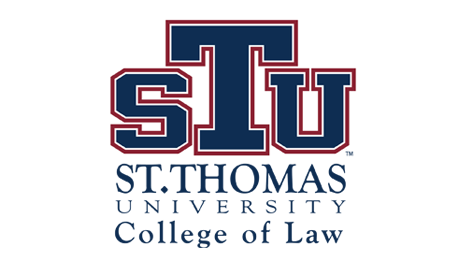St. Thomas Law Review
First Page
287
Document Type
Article
Abstract
A "Medicine Man"' working for the research foundation, Aston Laboratories, lost the cure for cancer. Dr. Robert Campbell, a brilliant research doctor stationed deep in the rainforests of Brazil, is on an assignment that could change the world of medicine forever. He is looking for a type of plant mutation that local medicine men, or witch doctors, use to cure cancer. The research was well-funded for many years until failure to report progress to the sponsoring foundation puts the project on hold. A young scientist, Dr. Rae Crane, goes to his rescue, learns of this magnificent cure and tries to help revive the research. Through their efforts, they find the exact molecule structure of this cure. After a series of events through which they observe indigenous life, culture, and knowledge, the search for this cure is narrowed to a species: the red bromeliad. Dr. Campbell and Dr. Crane fervently ransack the surrounding forest appropriating thousands of the bromeliads, thinking they are the source of the molecule. They run laboratory experiments on each sample prepared from each of the thousand plants. The indigenous people of the area help prepare the samples since they are familiar with the plant, which they use for local consumption. Uneventfully, all the tests of the samples failed to produce the curing molecule. The cure was not in the bromeliad, it was in the ants that lived in the roots of the bromeliad. Unfortunately for both, the research doctors and the indigenous peoples, a subsequent fire destroyed not just the on-location laboratory and the village, but also the immediate surrounding forest where the red bromeliad primarily was found. The doctors and the indigenous people must now move through the rainforest in hopes of finding another area in which this plant grows.2 The story may be fictional but shows a very important point that is often overlooked: what if the research had been fruitful? What rights would remain with the indigenous peoples or country where this local flora and fauna was found once the foundation scientists obtain a patent for the molecular structure of the substrate? These are the questions posed today in a system where a bundle of rights provided in an intellectual property protection scheme may not be sufficient to protect indigenous peoples like those in the Medicine Man3 story. The rights herein concerned with are: traditional knowledge and indigenous heritage. This piece will attempt to describe the intellectual property rights scheme that has developed and how it has failed to address the protection of indigenous knowledge.4 Part II deals with the conflicting
claims which plague the discussion of protection for indigenous or traditional knowledge. Part I addresses the history and the emergence of the existing protection schemes, especially in the arena of biotechnology, and the difficulties in protection through an international intellectual property rights scheme of these biotechnology resources due to inherent characteristics of traditional knowledge. It also addresses the emergence of efforts to deal with the indigenous or traditional knowledge through a U.N. Human Rights system. Part IV, states a current prediction on how the Human Rights efforts will fare for future claims of indigenous knowledge protection. Finally, Part V discusses proposed alternatives to the framework envisioned and improvements in the current protection framework in the area ofbiodiversity.
Recommended Citation
Miriam L. Quinn,
Protection for Indigenous Knowledge: an International Law Analysis,
14
St. Thomas L. Rev.
287
(2001).
Available at:
https://scholarship.stu.edu/stlr/vol14/iss2/5

